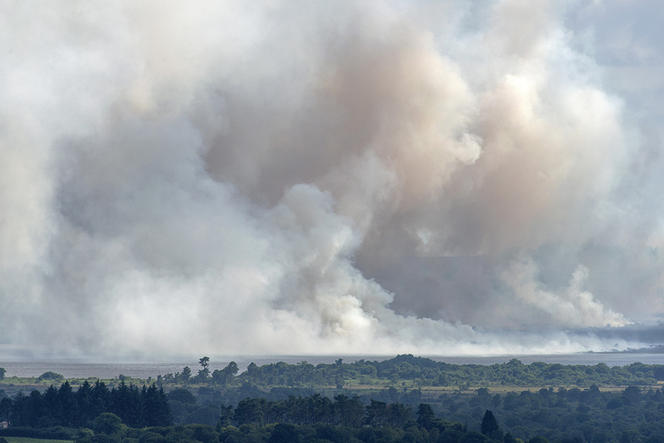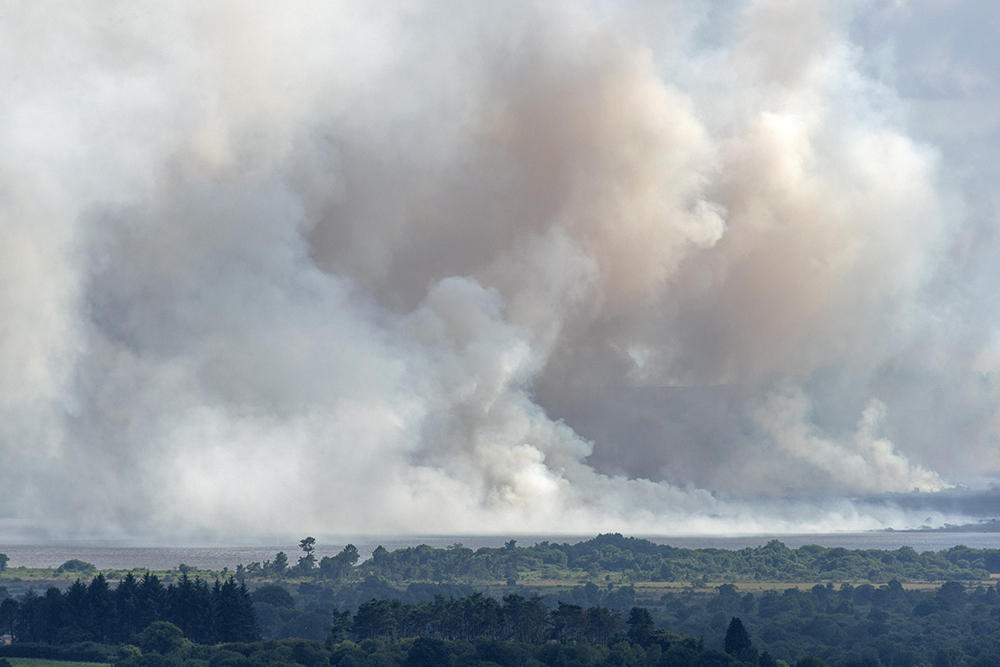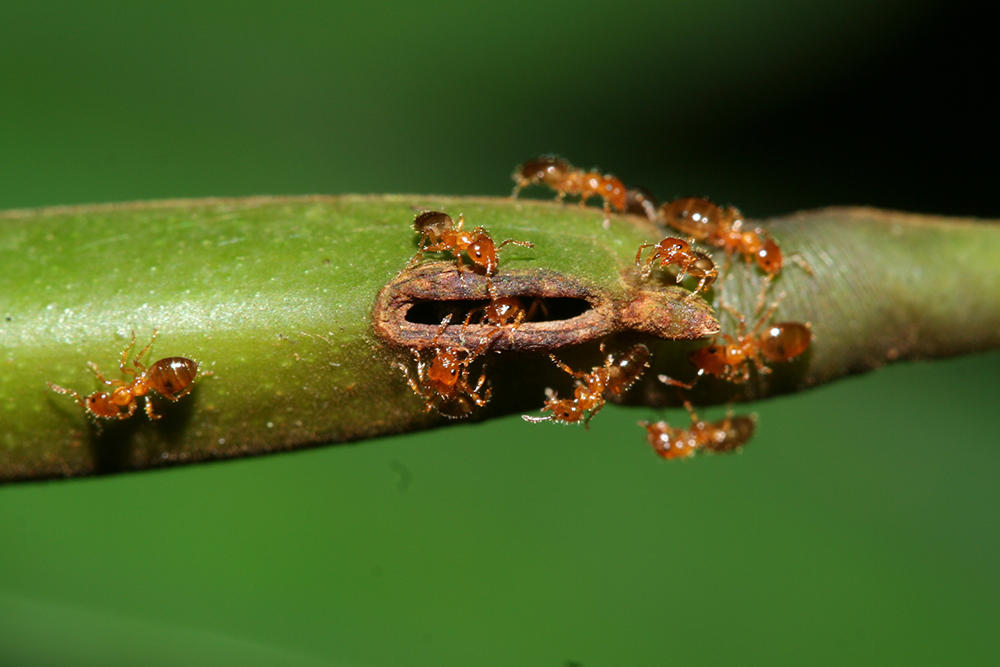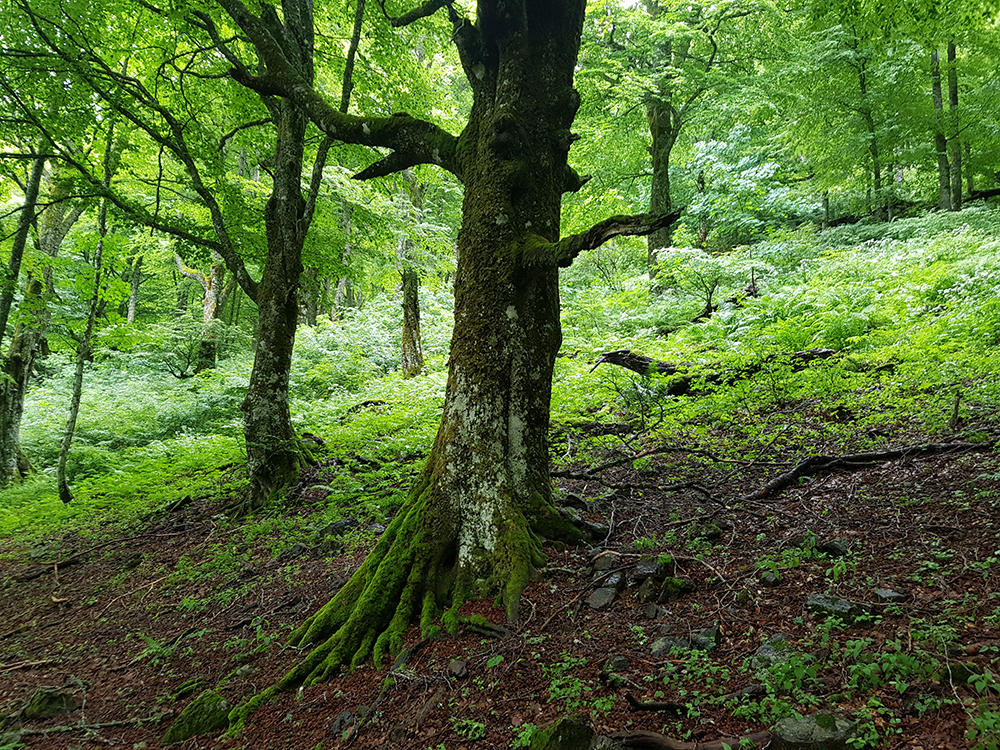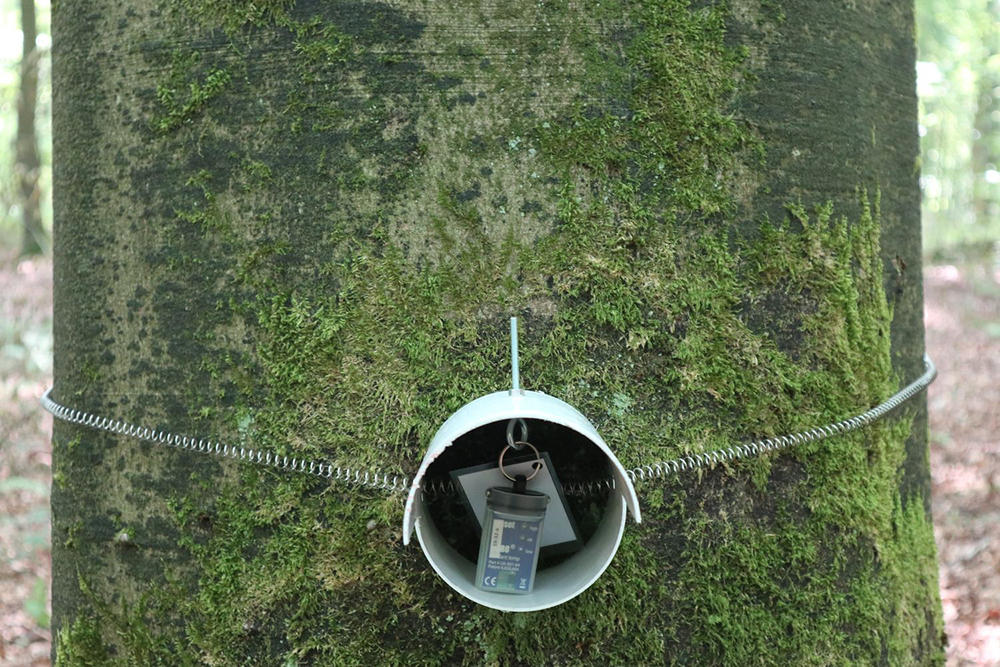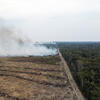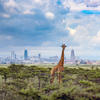You are here
Forests faced with climate change
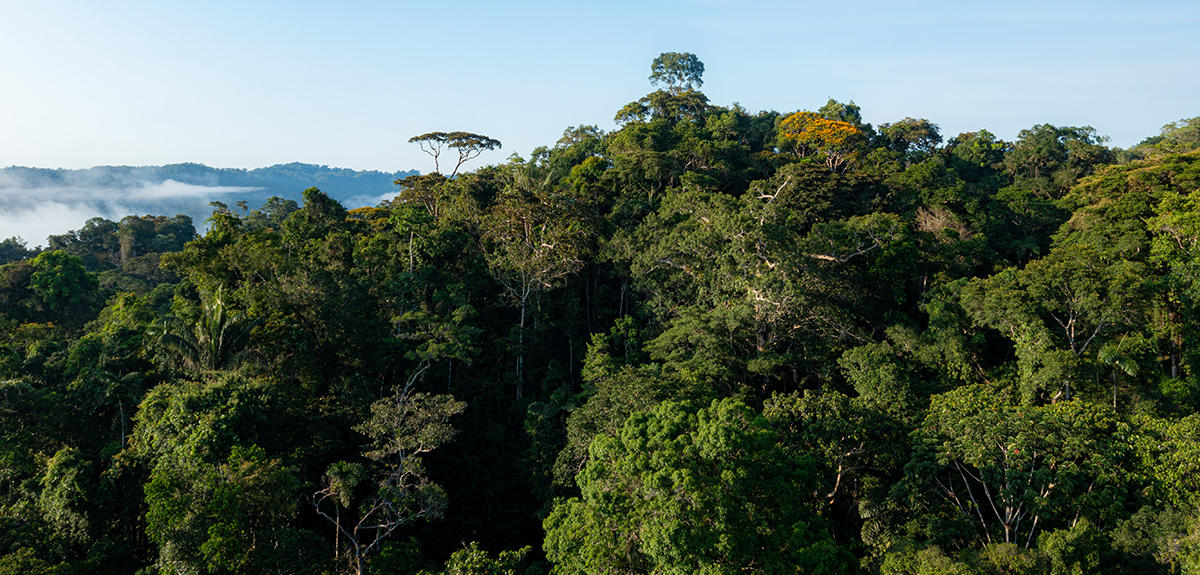
How does climate change affect forest ecosystems?
Jonathan Lenoir:1 In recent decades, we have observed that some forests produce more aerial biomass under the effect of global warming. This may seem like good news, as such increase in biomass is synonymous with greater CO2 sequestration. However, global warming also involves more extreme temperatures and droughts, in terms of both frequency and intensity. The combination of these phenomena is behind the megafires that have occurred in California, Australia, and Chile as recently as this winter. The massive release of CO2 following such huge forest fires in turn drives runaway climate change.
Are some forest ecosystems more sensitive than others to the effects of climate change?
J. L.: We already know that forests on either side of the equator will be more affected, since the animal and plant species they are home to are nearly exposed to the maximum temperatures they can withstand, which means there is a much smaller margin of safety in a context of global warming. At similar warming levels, the forests of the intertropical zone will experience faster changes than those in temperate and boreal regions, where risks to animal and plant species are less immediate. The lack of diversity within some human-managed forest ecosystems also limits their capacity to adapt. Conversely, the more heterogeneous and diverse a forest, the better it can adapt to future climate perturbations.
The other major threat to our forests is the loss of biodiversity. What are its primary causes?
J. L.: While global warming is now one of the main causes for this erosion in biodiversity, other factors are also involved. In most countries of the tropical zone, deforestation for the purpose of expanding agricultural land plays a major role. This change in land use, which requires felling vast stretches of rich and diverse forests, translates into a sharp loss in biodiversity. The introduction of exotic species also has a substantial impact on forest environments. By disturbing forests through clearing and clear-cutting, humans open the door for new species that can potentially become invasive.
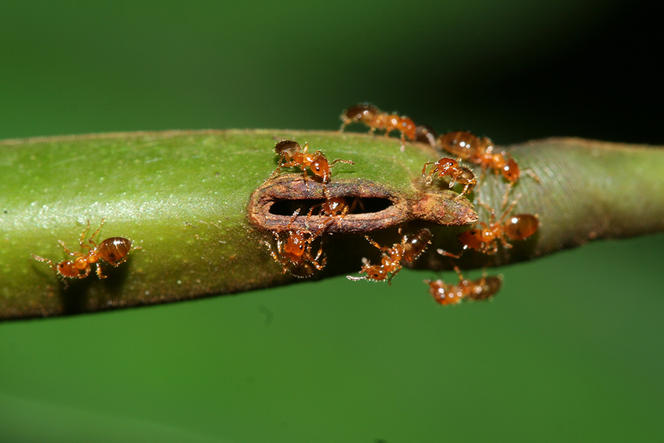
How do climate perturbations act on forests that are little disturbed by human activity?
J. L.: In such environments, changes are more gradual. Initially the forest evolves towards a new state of equilibrium, in which species that were previously underrepresented become dominant. Yet beyond a certain warming threshold, those trees that are the most sensitive to temperature increases and lack of water ultimately whither, presenting characteristic symptoms such as the drying of the upper part of the crown . Repeated extreme climate events weaken the sturdiest species, making them vulnerable to attacks from phytophagous insects and fungi. Nevertheless, the taxonomic, structural, and functional diversity of forests little disturbed by human activity makes them more resistant, and especially more resilient, to climate change.
What are the main issues being explored by scientists in your community with regard to forests?
J. L.: One of the principal issues is how global warming impacts the functioning of forest ecosystems, and the feedback the latter have on the climate. For the ways in which forests evolve today will affect the climate of the future. Scientific research has already shown that there is a strong interconnection between the functioning of the atmosphere and that of the biosphere, in which trees play a crucial role as drivers of biogeochemical cycles, such as the water cycle. Forests redistribute a large part of the water contained in the soil into the atmosphere, where it is subsequently carried by clouds to other parts of the globe. The way this mechanism occurs and is regulated is an important area of research in forest ecology and climate science. The expanding distribution range of ligneous species towards higher latitudes and altitudes also alters global albedo , creating a positive feedback loop that intensifies global warming.
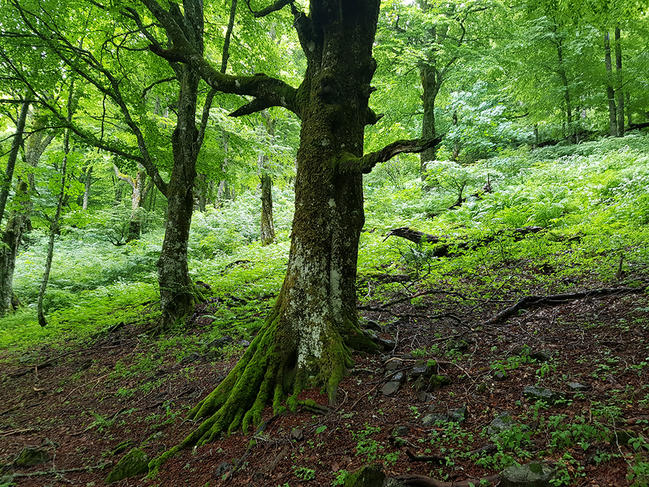
At the Edysan laboratory you focus on sub-canopy forest microclimates. What does this involve?
J. L.: Taken together, the trees of a forest can resemble a biological pump that draws water from the soil. As long as this resource is available and accessible to their roots, they will extract it via transpiration during photosynthesis. After travelling through the trunk and branches, water is ultimately released by tree leaves in the form of vapour. During heat waves or periods of excessive drought, this phenomenon will lower the local temperature, as water coming from the ground is colder than the surrounding air.
For a little over two years, you have been coordinating the Imprint project, which focuses on the microclimate of French forests. What are its primary objectives?
J. L.: The main goals are to study the role of the microclimate in changing the distribution of the plant species that make up a forest. This effort is being pursued in three French national forests located along a north-south axis: the Mormal Forest in the north, the Blois Forest in the centre of France, and the Aigoual Forest in the south. Each has been equipped with a network of approximately sixty sensors that continually record sub-canopy temperatures.
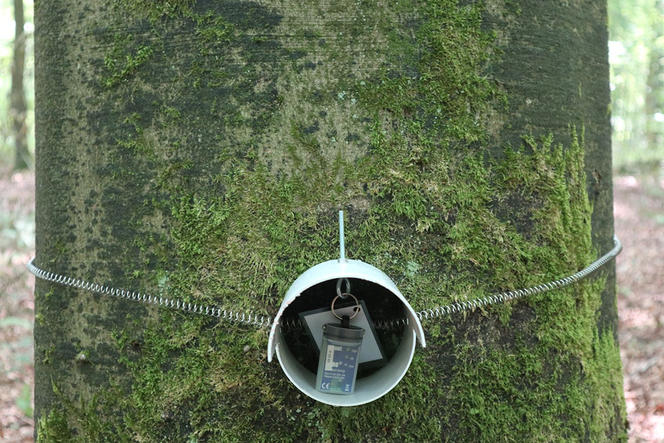
A weather station also measures the temperature at the edge of each forest. This data is then integrated into a model using 3D descriptive data of the forest obtained via an airborne lidar scanner. By the end of the project, scheduled in 2025, we will be able to generate high-resolution spatial and temporal maps of the microclimates of the three forests. Such cartographical representations will help identify potential refuge areas with stable climate conditions, and help anticipate the risks of fire during periods of drought.
You recently contributed to an international study2 that has shown the importance of conserving age group diversity for trees in a forest.
J. L.: This effort seeks to confirm whether a tree's age influences its capacities of resistance and resilience to episodes of drought. To do so, we analysed more than 20,000 adult trees belonging to 119 different species from 1,430 forests across the globe. To access the age of each of these trees, as well as the climate events they were exposed to, we used data from dendrochronology (the discipline that analyses the structure of a tree's annual growth rings to gather information regarding past weather conditions).
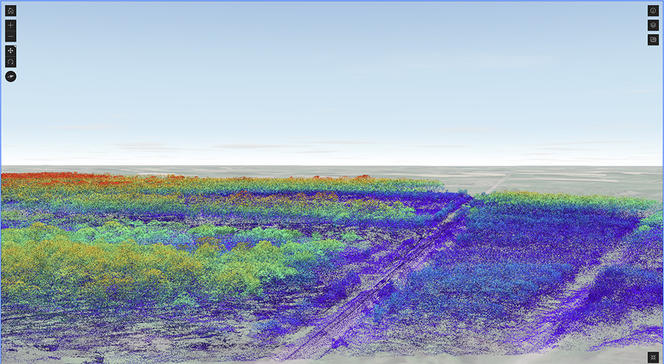


Our investigations tend to demonstrate that young trees are less resistant than older ones during drought years. This is probably due to the fact that their roots are not developed enough to draw water from deep below. Saplings thus limit their growth as much as possible in order to overcome this disadvantage. They nevertheless benefit from the local cooling from older trees, which withstand drought better. In the three or four years that follow such an episode, young trees catch up, growing more quickly than older specimens. A forest that maintains some generational balance among trees will therefore be more likely to overcome severe water stress than more homogenous woodland in terms of age.
How can the resilience of forests to prolonged drought, such as the one we experienced last summer, be improved?
J. L.: Today most actors in the forestry industry believe that a tree can be felled when it reaches its exploitable age, i.e. 150-180 years for an oak, and 45-70 years for a conifer such as the Douglas fir. However, on a planet where climate extremes such as we know them are becoming the norm, it is important to rethink this management principle by conserving trees as long as possible. Such an approach is of interest for two reasons: not only do older trees ensure the protection of younger ones during drought years, but they also help lessen the effects of global warming by storing large amounts of CO2 over the long term. If cutting down a tree after a few hundred years increases the chances that the forest will perish in a fire or a storm, this risk can be minimised by diversifying the ecosystem. In the face of an increasingly unstable climate, a diverse and heterogeneous forest – in terms of the trees it hosts – provides a better guarantee of resilience.
Explore more
Author
After first studying biology, Grégory Fléchet graduated with a master of science journalism. His areas of interest include ecology, the environment and health. From Saint-Etienne, he moved to Paris in 2007, where he now works as a freelance journalist.


